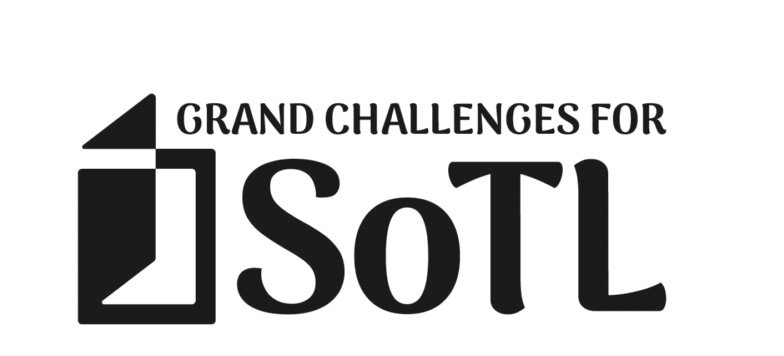Writing is a way of communicating a message to a reader for a purpose. With this in mind, essay writing involves having a clear understanding of the message (a thesis), of the intended audience, and of the overall purpose of the paper. Though essays can take a variety of forms, such as expository, argumentative, narrative, or descriptive, there is a general structure to follow, which will help to organize the essay in a clear and effective way.
Essentially, an essay is comprised of three main sections: an introductory paragraph, a main body made up of coherent paragraphs, and a conclusion.
The Introductory Paragraph
The introductory paragraph informs the reader of the topic, content, and purpose of the essaywithout providing too much detail. It is intended to create interest in the reader’s mind, as it moves from general statements to increasingly specific ones leading up to the thesis statement. An effective introduction will usually include the following elements:
A general opening sentence that introduces the topic
Context that provides important background details relevant to the topic
The main issue that will be developed in the essay
A thesis statement that informs the reader of the central argument or position
An explanation of the importance of the argument
A mapping scheme that outlines how the argument will proceed in the body of your essay.
The Main Body
This section of the essay is made up of a series of paragraphs that follow a logical progression, where the discussion of the topic is outlined and the argument is developed. Depending on the length of the essay, the paragraphs may be grouped into subtopics, which help to organize ideas in a structured manner and help the reader follow the line of reasoning.
A paragraph, like an essay, has a beginning, a middle, and an end. It starts with a topic sentence that announces the main idea that will be addressed, followed by the development of that idea which is usually supported by evidence (direct quotes or paraphrasing) derived from the research material or reference text. Whenever evidence is used, it is important to take the time to interpret it and explain its relevance to the main idea of the paragraph or the thesis statement. It is not enough to simply insert a quote without stating its relevance to the argument or essay. A paragraph will then end with a closing sentence, often in the form of a transition sentence that leads into the next idea or point to be discussed.
The Conclusion
In the conclusion of an essay, the thesis statement is restated (though not word for word), along with the main supporting arguments that were developed in the paper. The closing paragraph is an opportunity to bring together the key points of the essay and does not involve introducing new information to the topic. An effective conclusion does, however, go beyond simply repeating what has been discussed in the essay. It invites the reader to reconsider the thesis statement in light of how it was developed throughout the essay and to reflect on its importance. A good way to conclude this paragraph is to situate your thesis in a larger context that is relevant and thought- provoking for the reader.
Sample Introductory Paragraph and Conclusion
In this essay, Naiker explores a theme common to a short story “The Yellow Wallpaper” by Charlotte Perkins Gilman, and a poem “My Papa’s Waltz” by Theodore Roethke. Most of theauthor’s commentary is devoted to the social construction of the feminine in late nineteenth- century and, in particular, on the authority the medical community exercised over women.
Gilman’s “The Yellow Wallpaper” and Roethke’s “My Papa’s Waltz”: An Exploration of Ambivalence
By Kiyuri Naiker
(Writing by Choice by Eric Henderson, 2006, p. 273-277, Don Mills, Ontario: Oxford University Press.)
Introduction
We often look at our world in terms of opposites or dualities. Only the bravest writers attempt to explore the grey areas of life where binaries converge and borders are not clearly defined. Some have persevered and created scenarios in which our traditional methods of perception fail us, forcing us to peer into this undefined area. Much can be uncovered about human nature in the instances. Two authors, in particular, have excelled in examining these interstices as they occur in domestic relationships: Charlotte Perkins Gilman and Theodore Roethke. The works analyzed here investigate what lies between the poles of sanity and insanity, abuse and affection. The ambiguous situations they have created draw our attention to societal concerns and ultimately urge us to question how we interpret the world around us.
Conclusion
Both the works discussed above provide complex and subtle social commentaries. Gilman and Roethke have explored everyday domestic life that exists between the dualities around which we tend to cluster. Their force lies in what they have left unsaid, leaving room for interpretation and, through it, self-examination. By leading us into areas we would normally never venture, they raise issues in feminism and domestic violence that are still pertinenttoday. As these authors’ works suggest, relationships are seldom simple or polar.
Download and print our essay outline worksheet to help you plan your paper.





















